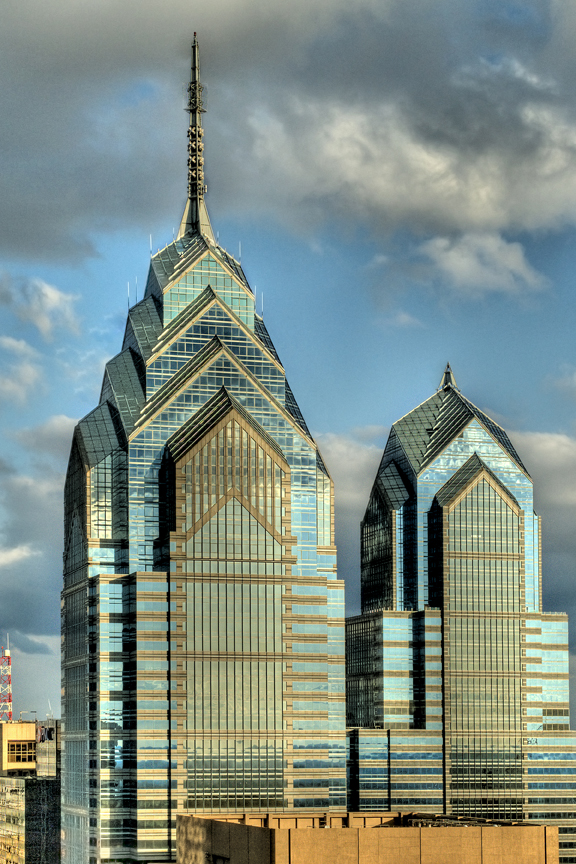FAME
I’ve just finished reading Roxanne Williamson’s American Architects and the Mechanics of Fame (1991). Despite some interesting historical research into the professional connections between architects and their mentors/employers, it is not a very satisfying book. The first question to ask about fame is “Who is judging?” The public, the architectural profession, the critics, architectural historians? Williamson considered only the last group. She compiled an “Index of Fame” by consulting twenty histories of architecture and four encyclopedias, and counting the number of times individual architects were listed. Since most recent historians (Giedion, Hitchcock,








